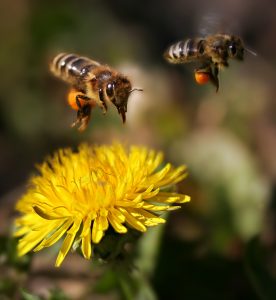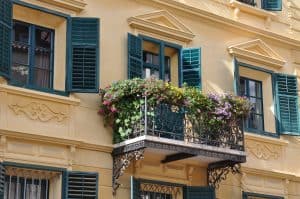Bee-friendly flowers – plants that bees just love
Discover which flowers attract bees and pollinators

Bees love lavender flowers. Plant lavender on your balcony!
Often people speak also about bee-friendly or melliferous flowers. But what does “melliferous” mean?
Melliferous stems from the Latin words mel (honey) and fer (bearing), forming the English word “melliferous” which means “honey-producing”.
Thus, a melliferous flower is a plant which produces nectar that can be collected by insects and turned into honey.
A lot of plants are melliferous, but only certain plants can be visited by honey bees, because of their body size and shape and the length of their tongue. In the following, we will use the term “bee-friendly” to describe plants that bees can easily access and that provide a good nectar and pollen source.
Do you have a garden? Plant bee-friendly flowers!

Meadows are usually full of dandelions. And bees love that!

